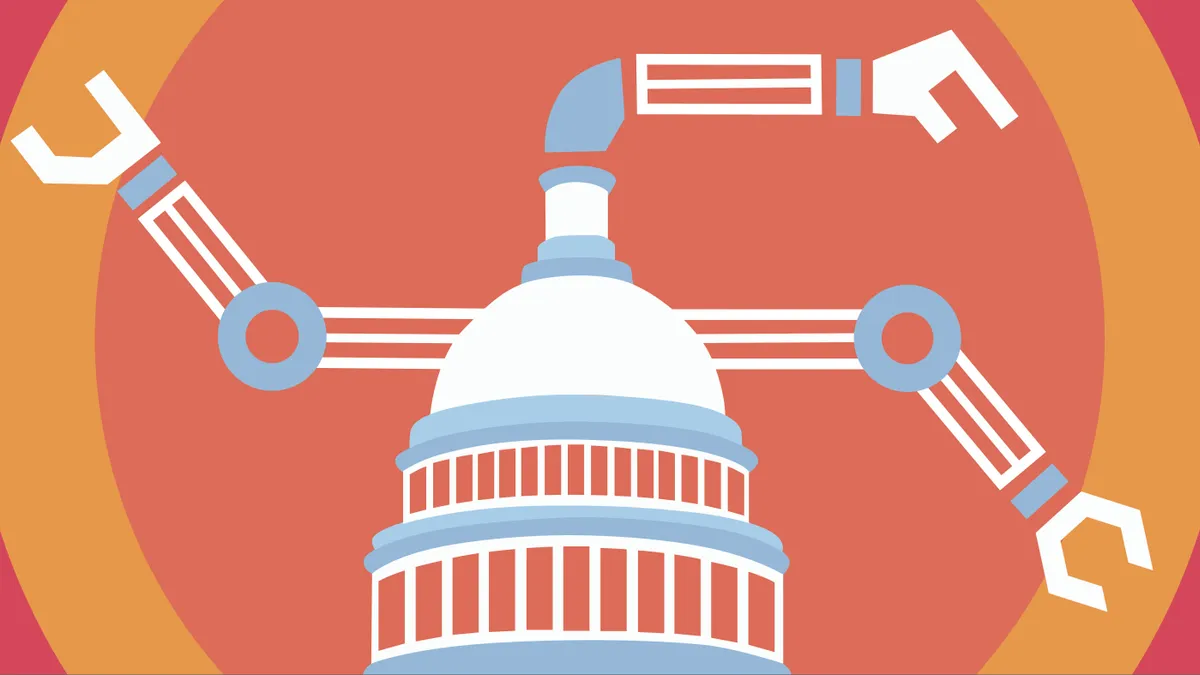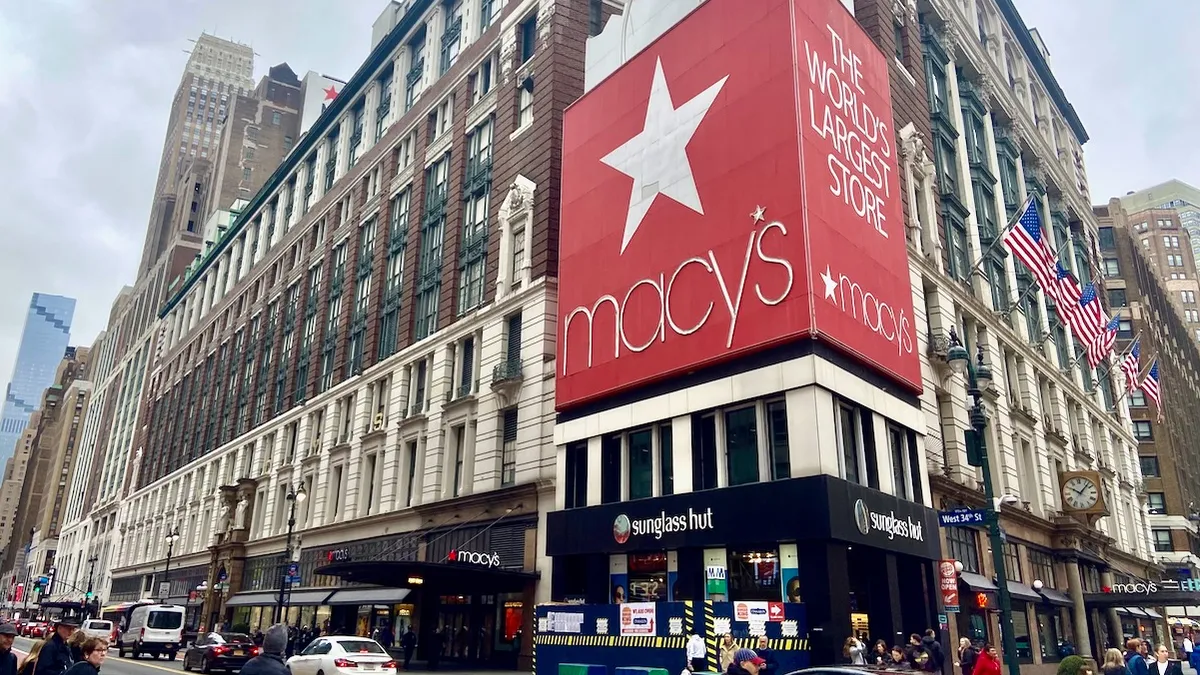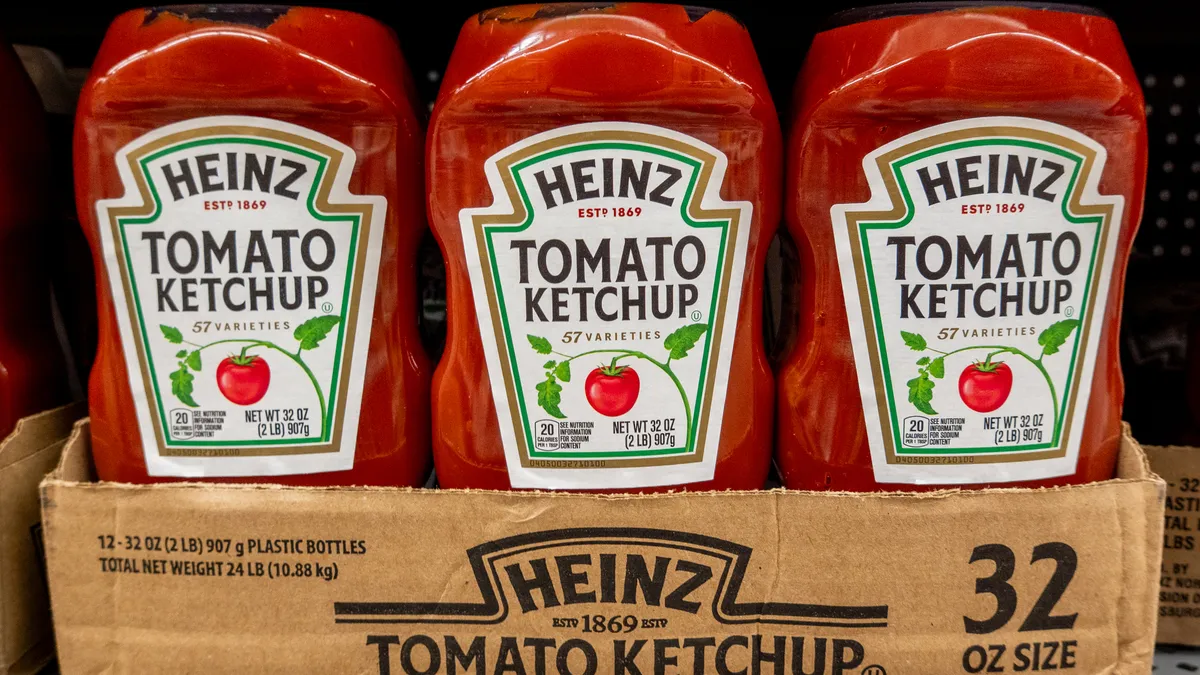Editor's Note: The following is a weekly column covering technology and regulation within the supply chain and logistics industries.
Data says urban logistics will be a key driver in 2018
According to a report from Cushman & Wakefield, there is no sign that the economy is slowing down, and key drivers in 2018 include urban logistics, larger fulfillment centers and demand for more industrial space. In other words, e-commerce is dominating the market.
"It’s kind of a Goldilocks situation right now, the economy’s not too hot, not too cold," said Jason Tolliver, vice president of logistics and industrial research at Cushman & Wakefield.
As consumers increasingly desire fast and free (or low cost) shipping, Tolliver told Supply Chain Dive that 2018 will see the "maturation of the supply chain" as retailers and e-commerce sites race to get packages delivered to consumers' doorsteps.
"The final mile and urban logistics is going to be a big part of that story — how do retailers get closer to the consumer, what does that look like, what does a supply chain need to have?" Tolliver said. "Do we vertically integrate that in house, or use a 3PL to help us with that? One thing is clear, there’s not one size that fits all, and there’s not one strategy that’s being pursued by all."
The Big Takeaway: 3PL competition is going to heat up, and Amazon's rumored entry into that space is no coincidence. Competition between 3PLs is extremely tight, resulting in tight profit margins, and Tolliver thinks mergers and acquisitions between 3PLs will become a 2018 trend.
FMCSA and FRA get new heads
The Senate just confirmed Ronald Batory as head of the Federal Railroad Administration and Raymond Martinez as head of the Federal Motor Carrier Safety Administration earlier this week. These two are appointed during a time of upheaval for both the rail and trucking industries, but it's still unclear how they will handle prevalent issues like sleep apnea, positive train control (PTC), the electronic logging device (ELD) mandate and autonomous or self-driving vehicles.
Supply Chain Dive has the scoop.
The opioid crisis needs blockchain
The Drug Enforcement Administration just launched a new tool to its ARCOS Online Reporting System for drug manufacturers and distributors to track drugs from the moment they leave a manufacturing facility to the moment they hit the shelves in a drugstore or pharmacy.
The purpose of the new supply chain tracking tool? To help stem the opioid crisis. The theory is if manufacturers and distributors know where the drugs are going, maybe they can stop them from falling into the wrong hands.
The Healthcare Distribution Alliance praised the DEA's new tool in an emailed statement to Supply Chain Dive: "We have long advocated for the creation of new tools and enhanced information sharing between the DEA and industry, and this new assessment appears to reveal one aspect of much needed insight, specifically at the individual pharmacy level," said CEO John Gray.
(The same day, the HDA announced its own API certification program to verify the authenticity and origin of a drug moving through the supply chain.)
It's unclear what kind of technology this new tracking tool uses, but one thing is clear: based on this new move, the drug supply chain could really benefit from an immutable, transparent, distributed ledger. Using blockchain could help manufacturers and distributors verify shared information, and artificial intelligence (AI) could make tracking tools smarter and more effective.
The Big Takeaway: The drug supply chain has scrambled to clean up its messes of late, from struggling with counterfeit drugs to shouldering a hefty chunk of responsibility for the opioid crisis. Perhaps a tech makeover could help supply chains share accurate information and crackdown on bad actors; blockchain and AI are being used by other industries' supply chains, so maybe it's time biopharma tried it.
Report: Every industry wants AI
Speaking of AI, CB Insights released a report earlier this week detailing the future of AI in 2018. Without getting too much into the nitty gritty details, here's what you need to know:
- Every industry is experimenting with AI. Every single one.
- The industries with the most AI equity deals as of late are healthcare, cross-industry applications, cybersecurity, commerce, advertising & marketing and financial tech & insurance.
- Blue collar jobs (think manufacturing) will be taken over by robots, BUT humans will be in charge of overseeing them and operations. That includes robot maintenance. So don't worry too much about manufacturing jobs going away (yet).
- China is dominating funding for AI equity deals right now — more so than the U.S.
- AI could take over lower-rung white collar jobs such as paralegals, secretaries, etc.
The Big Takeaway: AI is making splashes in the supply chain space as shippers, carriers, 3PLs and buyers want more information about where their shipment is at any given time. But AI is also a force to be reckoned with in manufacturing and the automotive industry: the big questions this year will be how far AI can go in streamlining operations, whether or not it's safe or worth it and whether lawmakers will be O.K. with it.
This week's reaction: Lukewarm
Industries and experts did not like the new infrastructure plan from President Trump, mainly because rebuilding U.S. infrastructure is an enormous job that requires an astronomical amount of planning and funding, and Trump wants the private sector to bear the brunt of it.
Needless to say, the various freight industries (trucking, rail, ocean shipping) were expecting something with a little more oomf.
Steve Tracey, executive director for the center for supply chain research at Penn State, told Supply Chain Dive that from an economic standpoint, Trump's plan is unrealistic.
"I think disappointing is a better word," he said. "The document itself, there’s no real meat and potatoes there, other than outlining incentives. It’s pretty unrealistic that those kinds of incentives are going to drive capital investment by anybody."





















